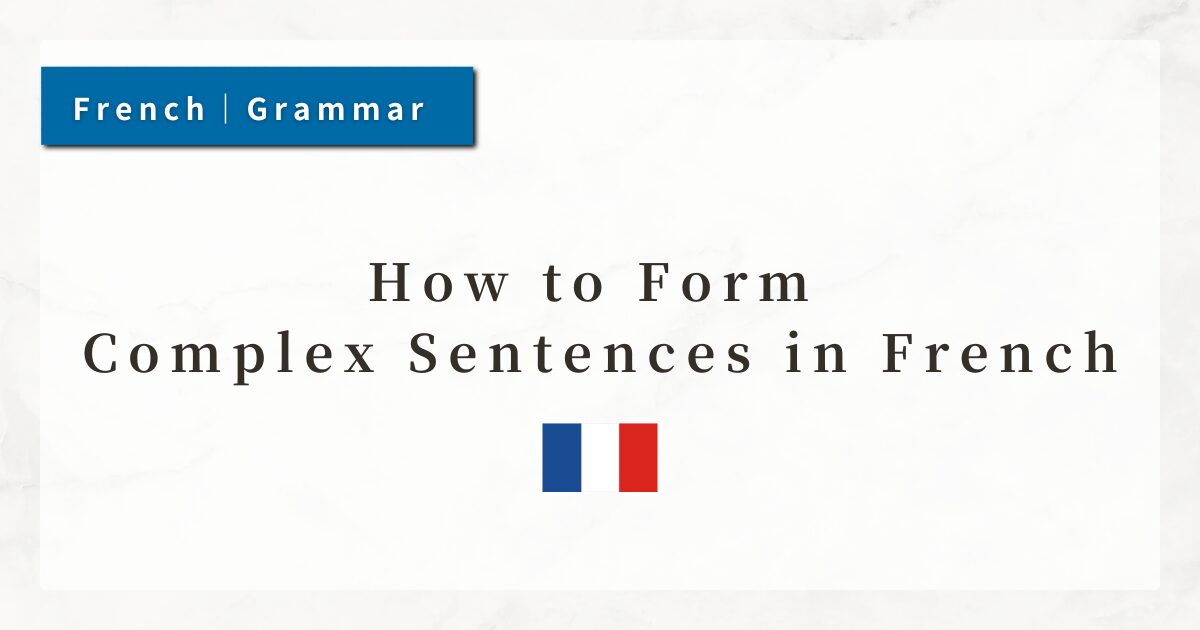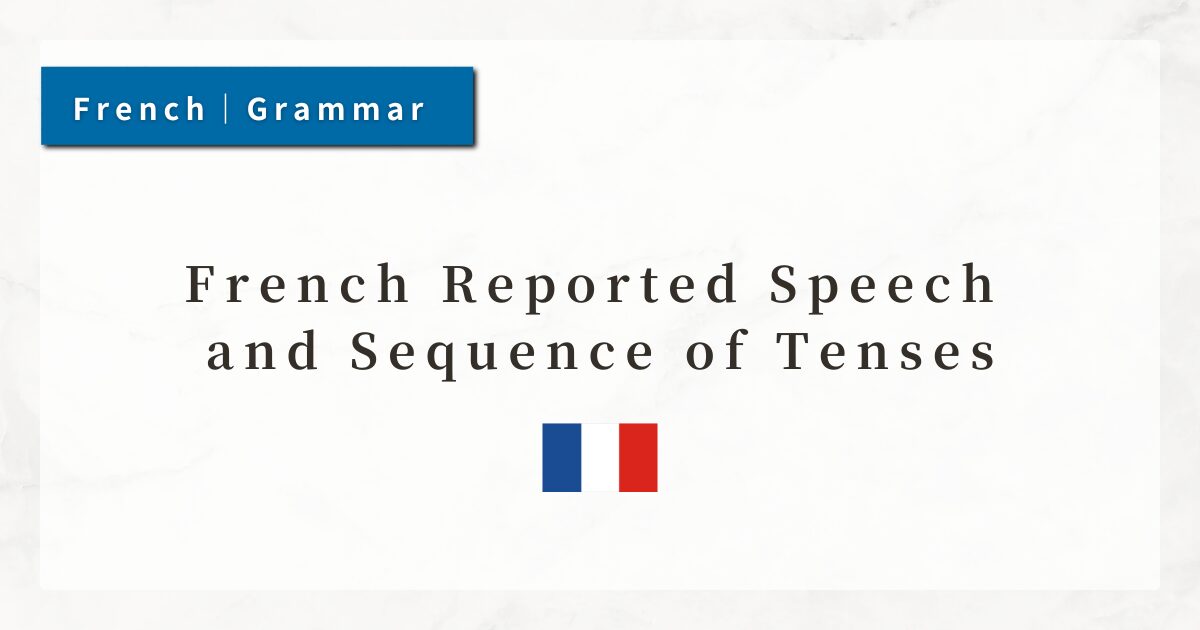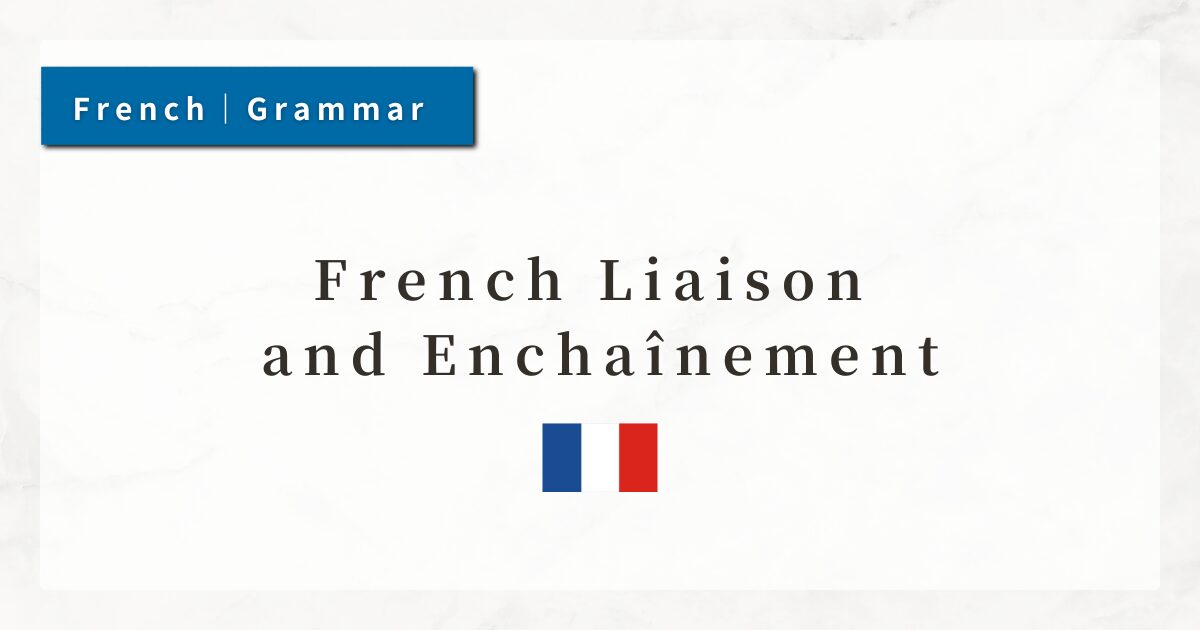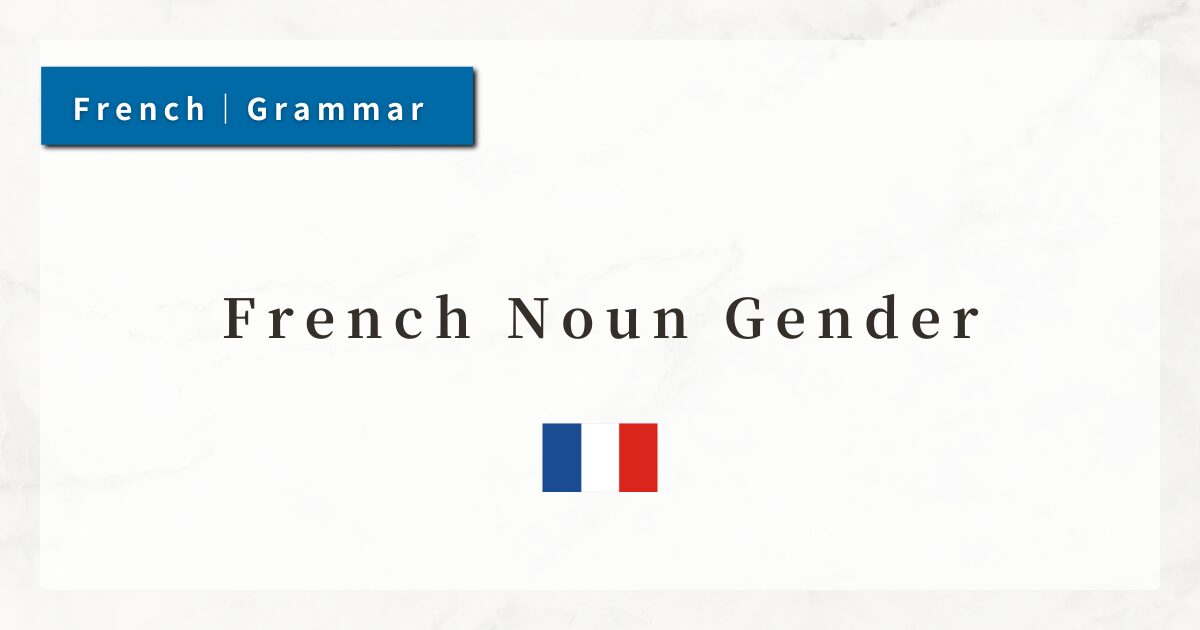#47 How to Form Complex Sentences in French | Connecting Clauses with Examples

In French, you can connect two or more sentences or clauses to form a compound sentence, which allows you to express thoughts and information in a richer way.
This is done through the use of conjunctions. By mastering words such as et, mais, and car (equivalent to English and, but, because), you can greatly expand the range of your expression.
In this lesson, we will focus on five basic coordinating conjunctions—et (and), mais (but), ou (or), car (for/because), and donc (therefore)—and learn how to use them as well as the differences in meaning.
1. Compound Sentences with Conjunctions
A French sentence is built on a simple structure of “subject + verb.” By connecting two or more simple sentences, you create a compound sentence.
Conjunctions are used to link sentences and make the relationship between them clear:
- et: addition → “A and B”
- mais: contrast → “A but B”
- ou: choice → “A or B”
- car: reason → “A because B”
- donc: result → “A therefore B”
These conjunctions do not require major changes in word order—simply inserting them between sentences creates a compound sentence.
2. Explanation of Conjunctions
2-1. et (and)
Et is one of the most basic conjunctions. It links sentences or words in parallel.
- Je mange une pomme et je bois du thé.
(I eat an apple and I drink tea.)
Here, “I eat an apple” and “I drink tea” are connected by et.
In French, even when the subject is the same, it must be repeated in each clause (unlike English, where it may be omitted).
2-2. mais (but)
Mais is used when the second sentence contrasts or opposes the first.
- Il veut sortir, mais il pleut.
(He wants to go out, but it is raining.)
Here, mais introduces information contrary to expectation. It often expresses unexpected or opposing situations.
2-3. ou (or)
Ou presents alternatives or choices, such as “A or B.”
- Tu veux du café ou du thé ?
(Do you want coffee or tea?)
This structure offers options. In spoken French, intonation often clarifies the scope of the choice.
Note: ou (or) and où (where) are pronounced the same [u], but their meanings are completely different. Do not confuse them in writing.
2-4. car (for/because)
Car introduces a reason or explanation, equivalent to “for” or “because.”
- Je reste à la maison, car je suis fatigué.
(I am staying at home, for I am tired.)
Car typically appears in written French. In everyday spoken language, “parce que” is much more common.
2-5. donc (therefore/so)
Donc expresses result or conclusion, meaning “therefore” or “so.”
- Il est malade, donc il ne vient pas.
(He is sick, so he is not coming.)
The first clause gives the cause (he is sick), and the second shows the result (he is not coming).
Donc is widely used in both speech and writing to build logical flow.
3. Summary
- Conjunctions transform simple sentences into compound ones, allowing richer and more logical expression.
- Et, mais, ou, car, donc are the five basic conjunctions, expressing respectively: addition, contrast, choice, reason, and result.
- The word order remains “subject + verb”; conjunctions are inserted without altering the basic structure.
- Car is suited to written French, while parce que is preferred in spoken French.




